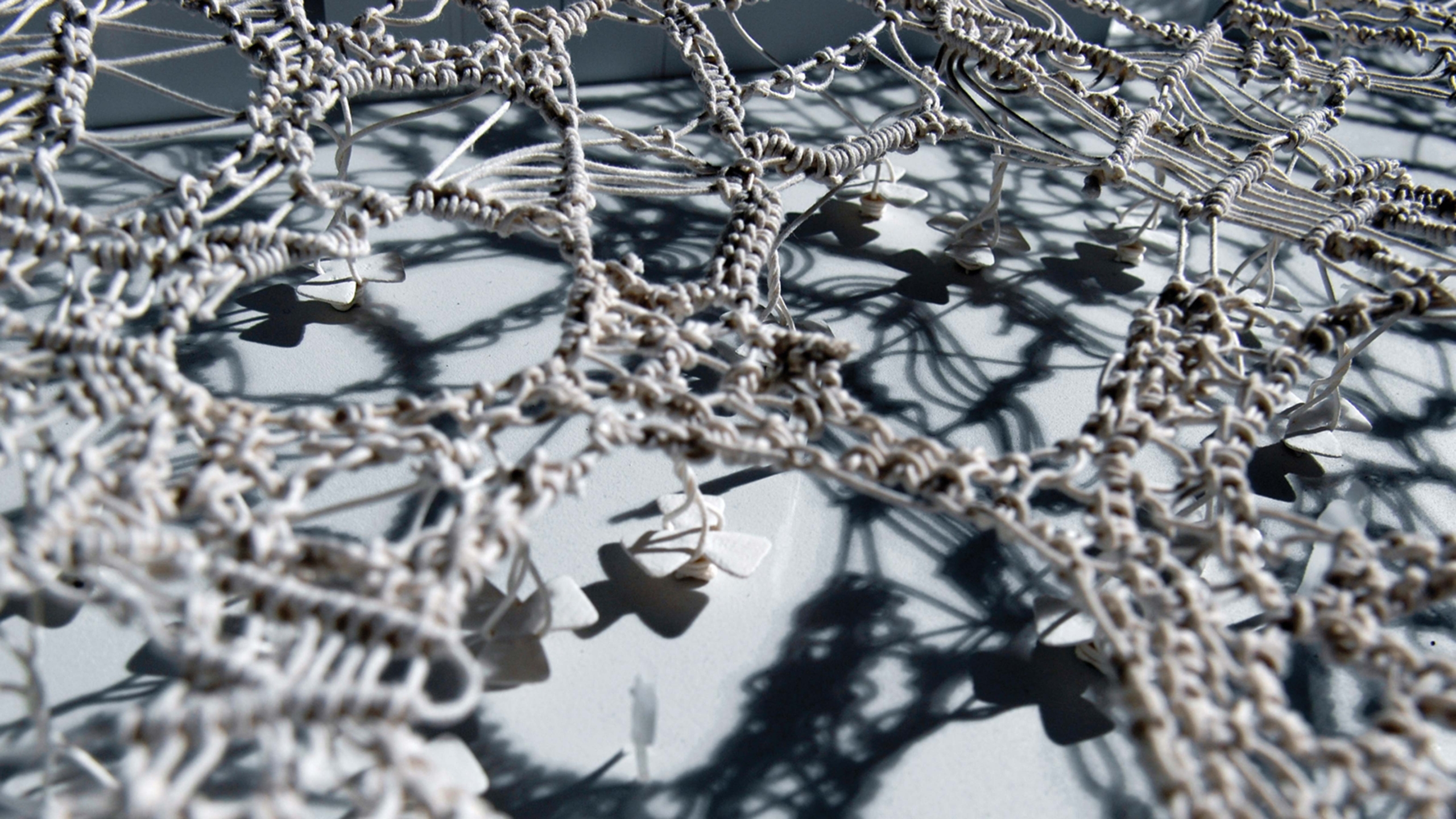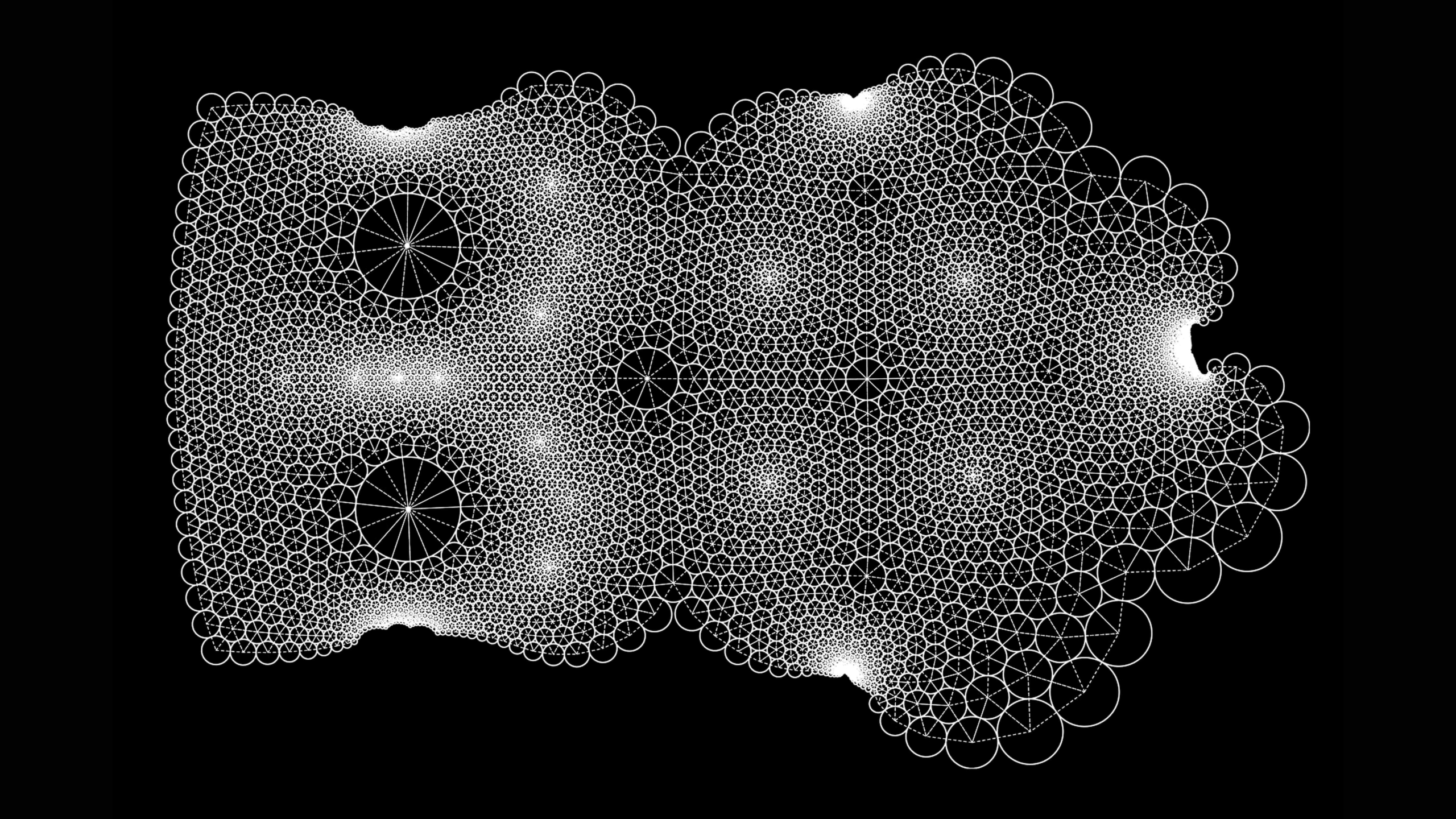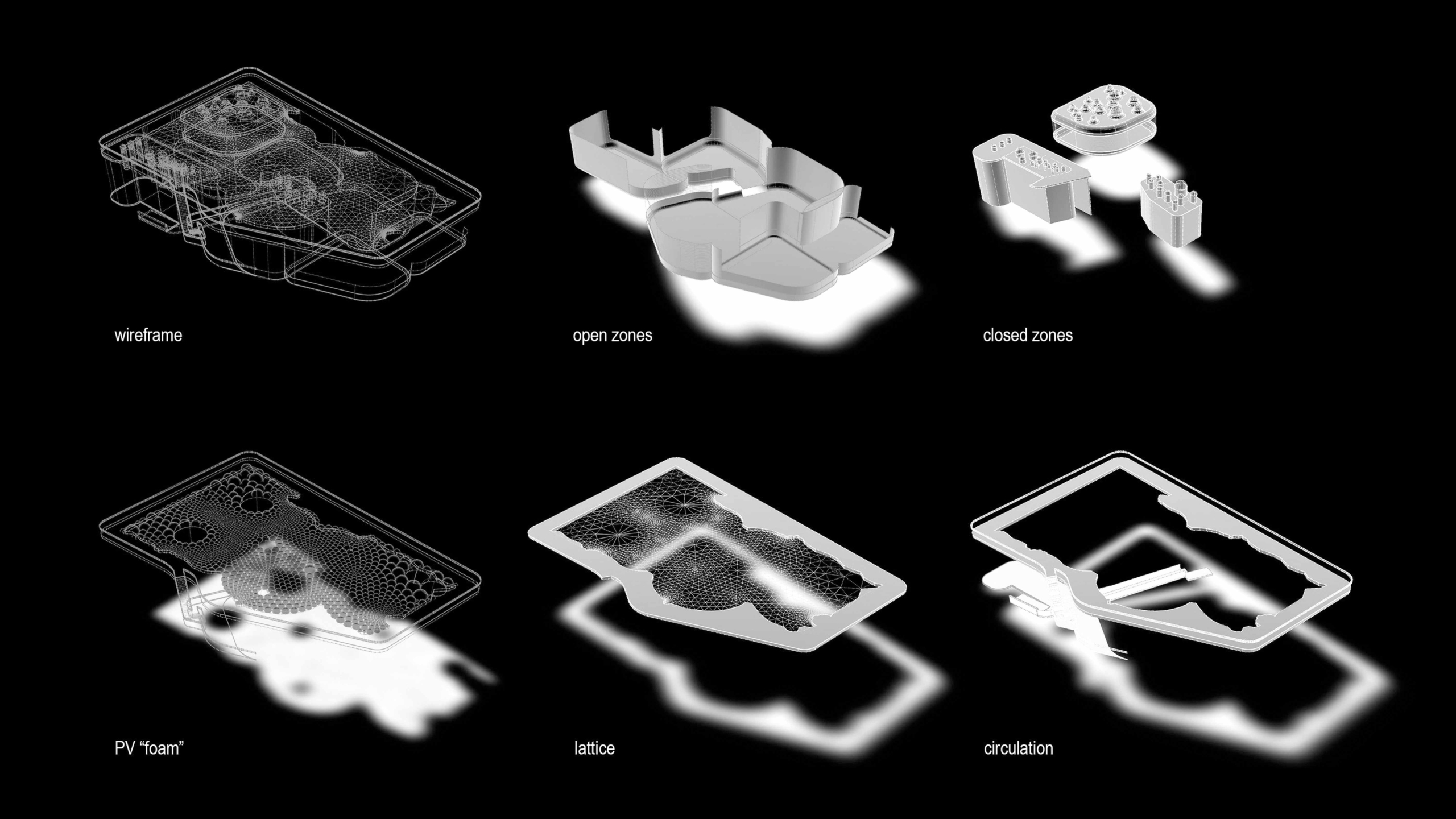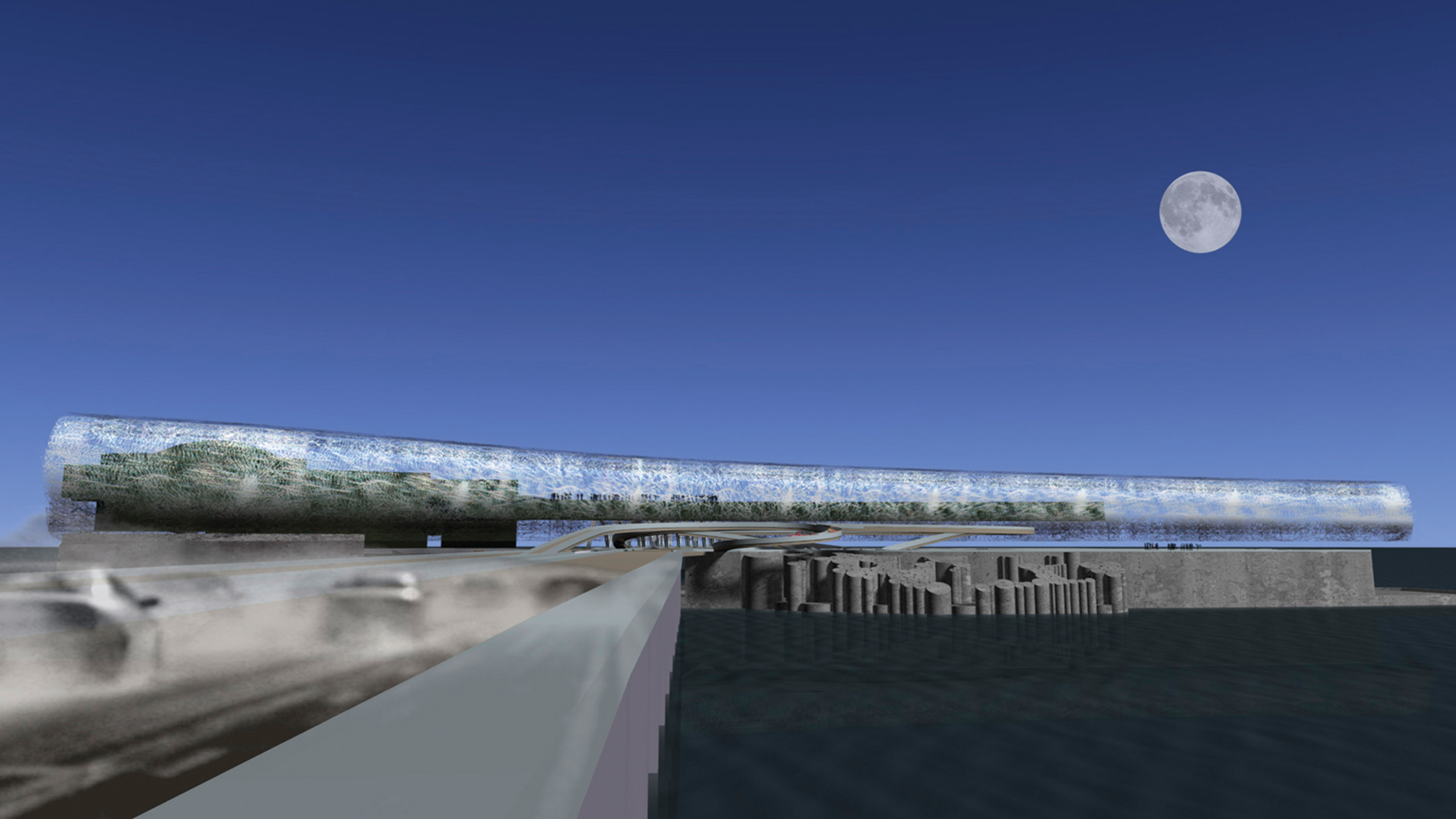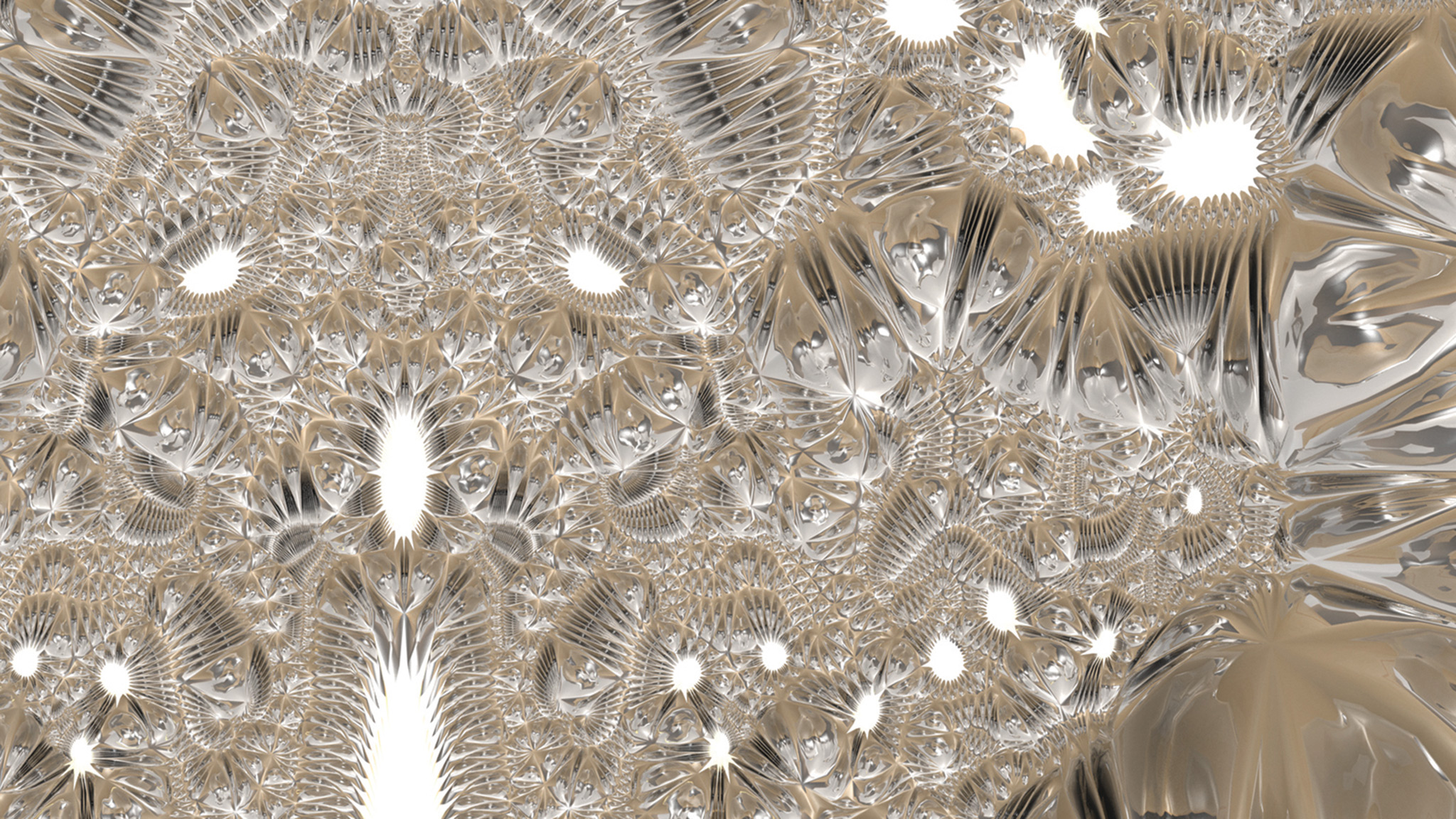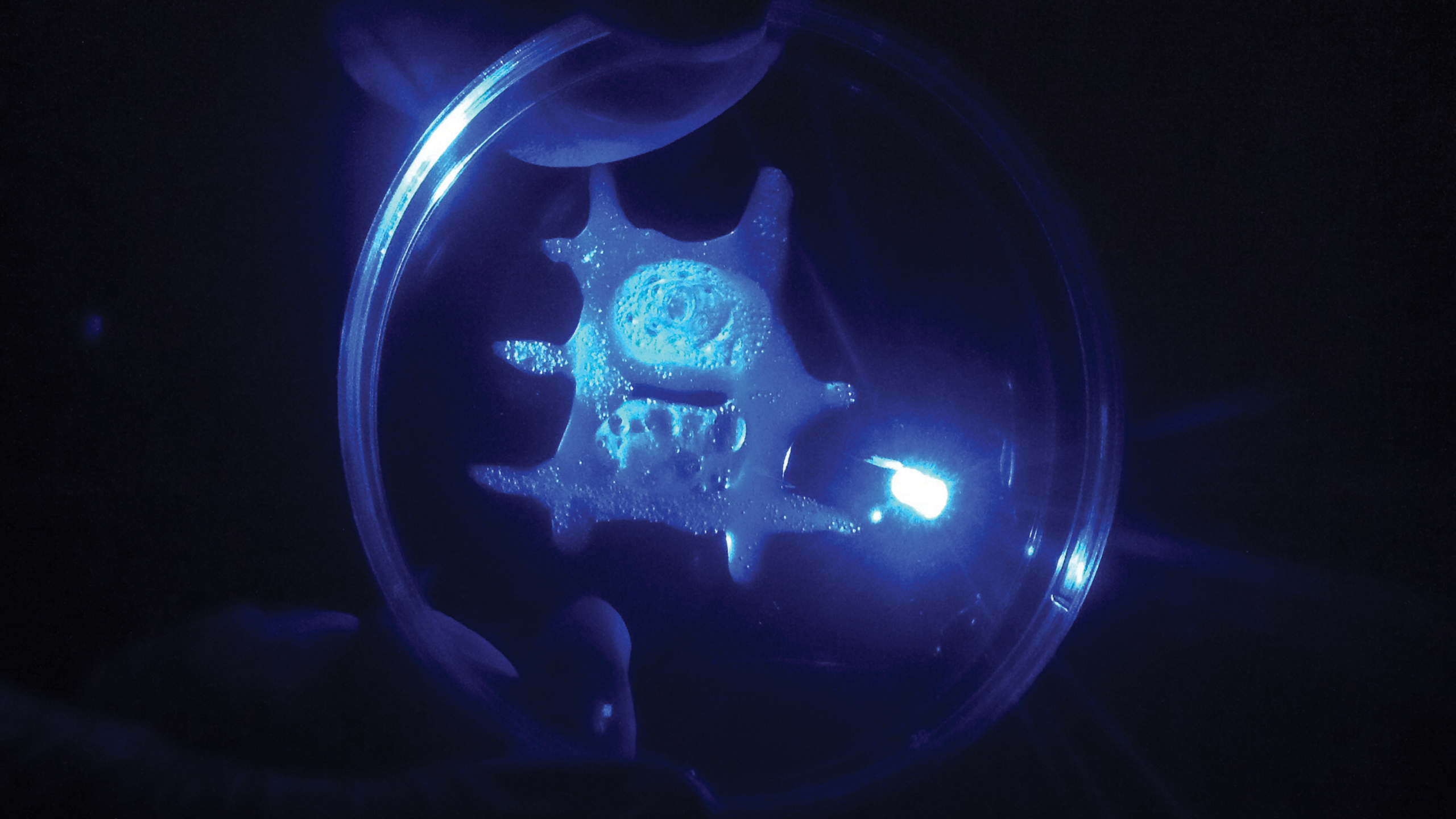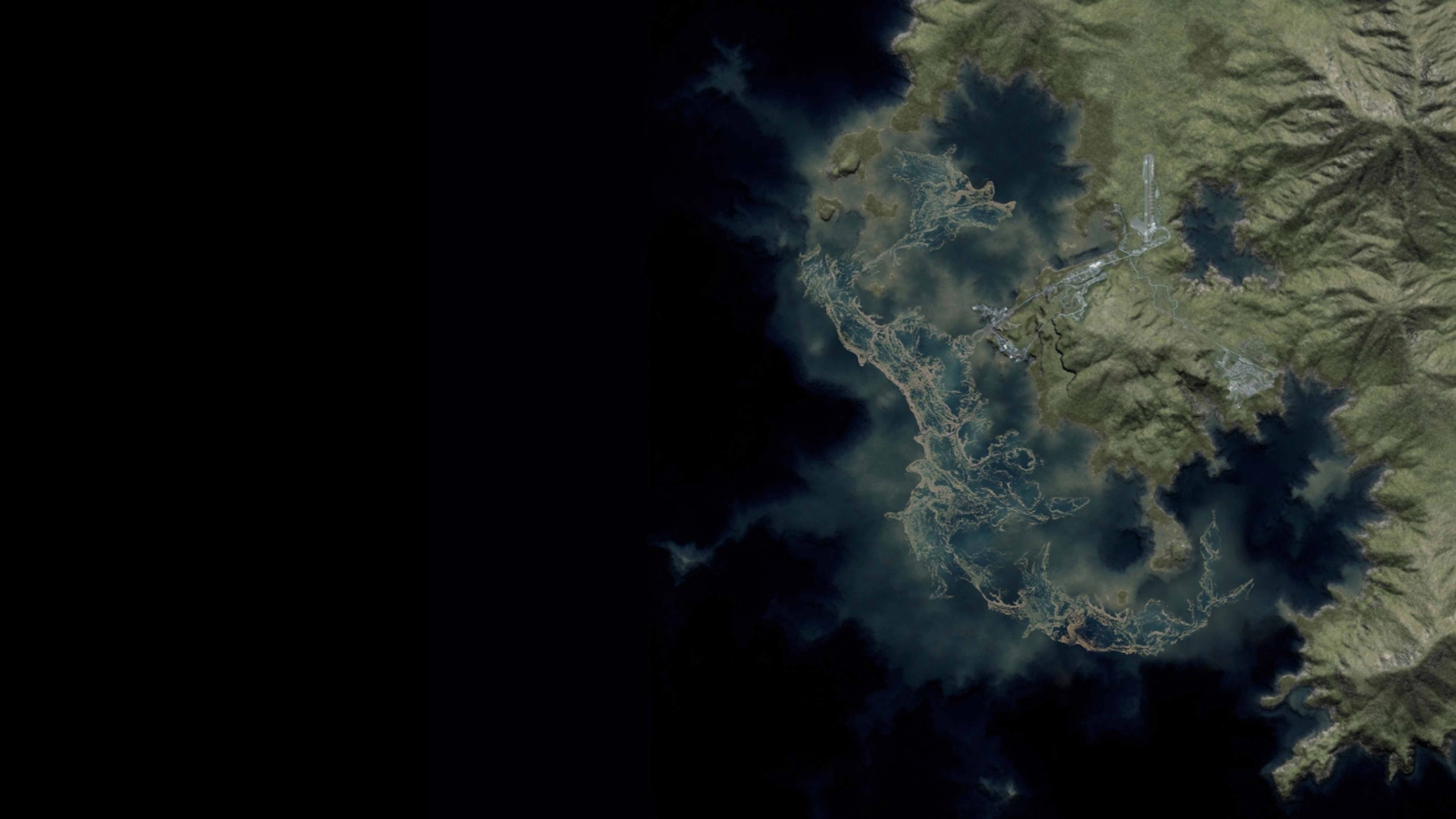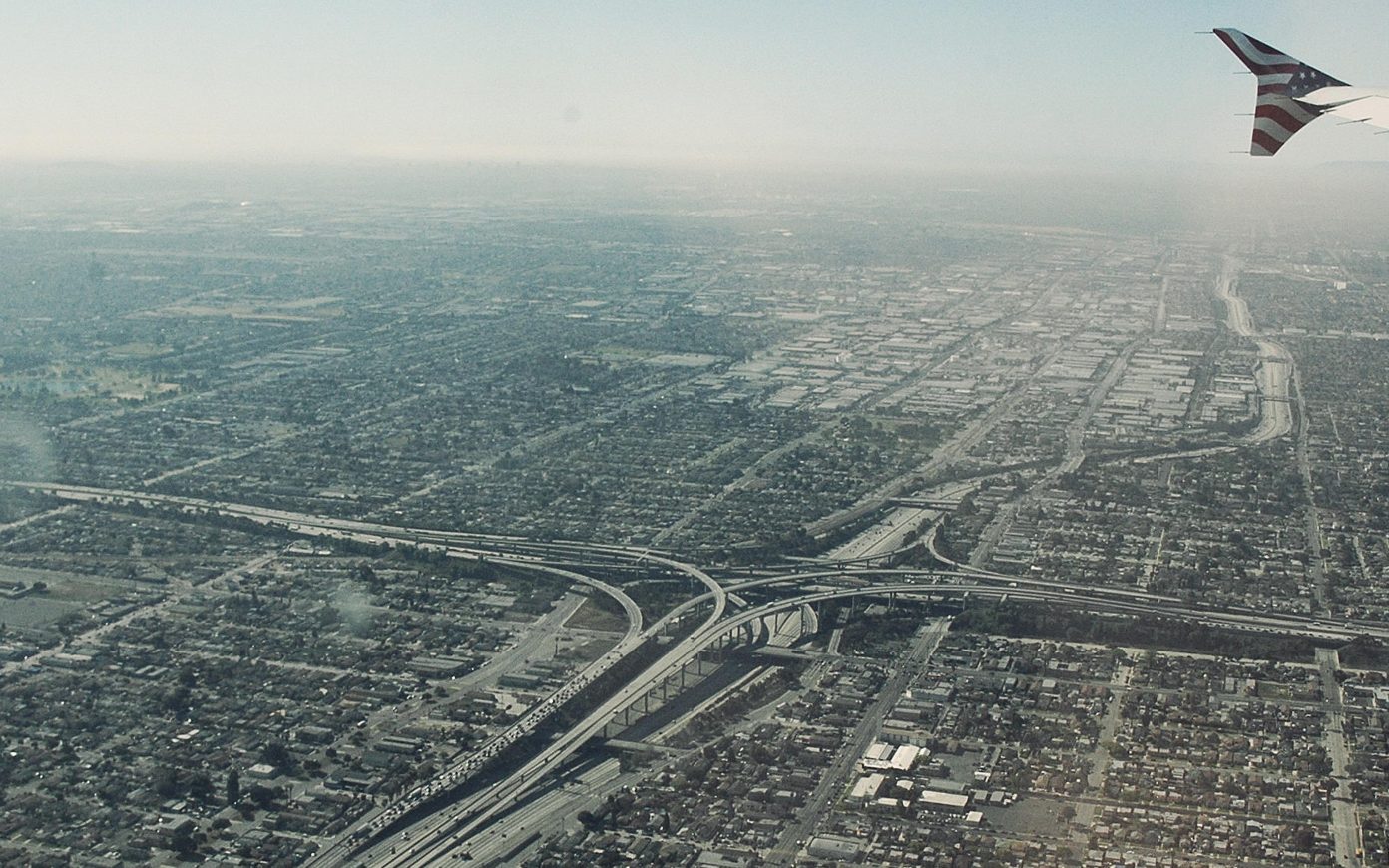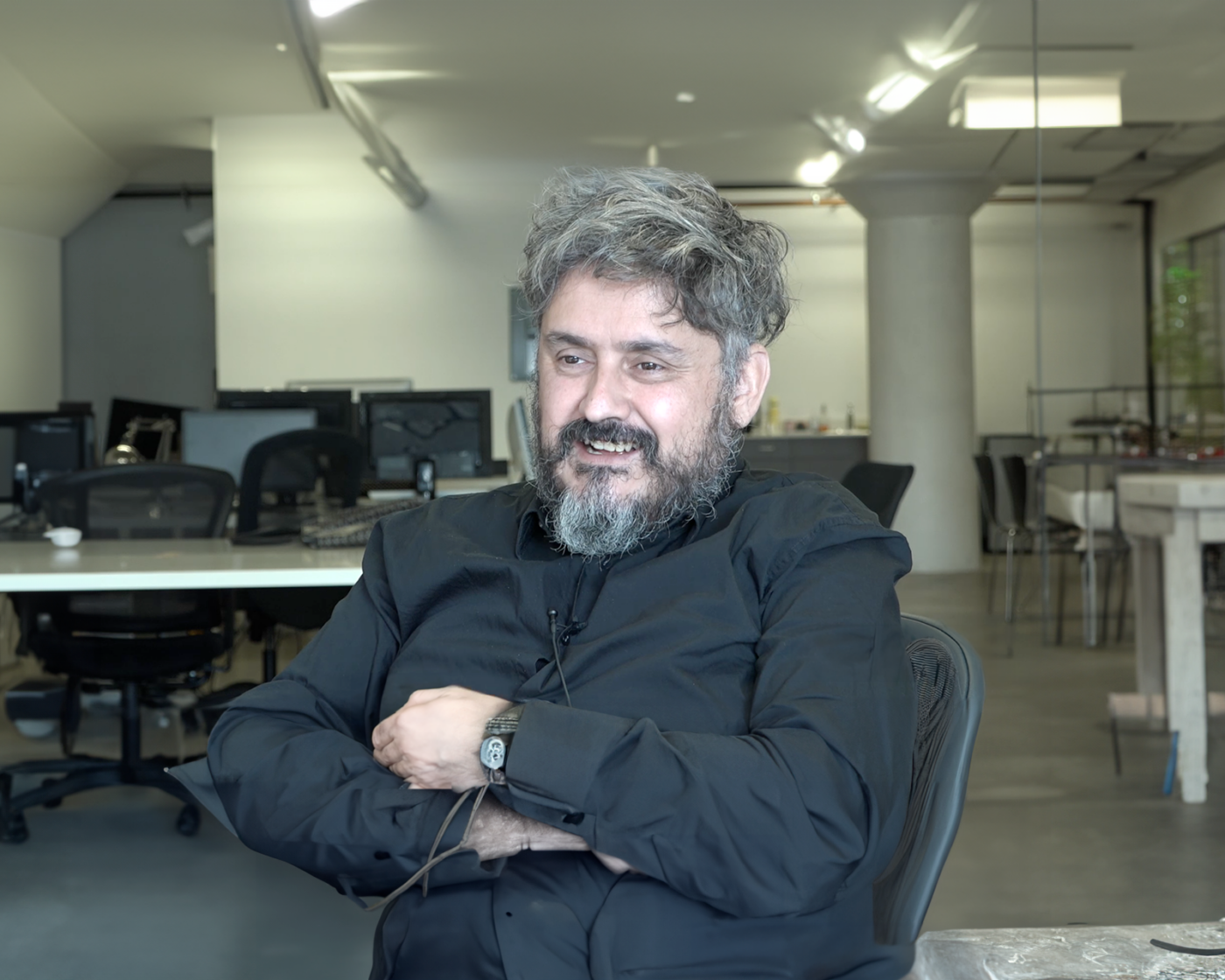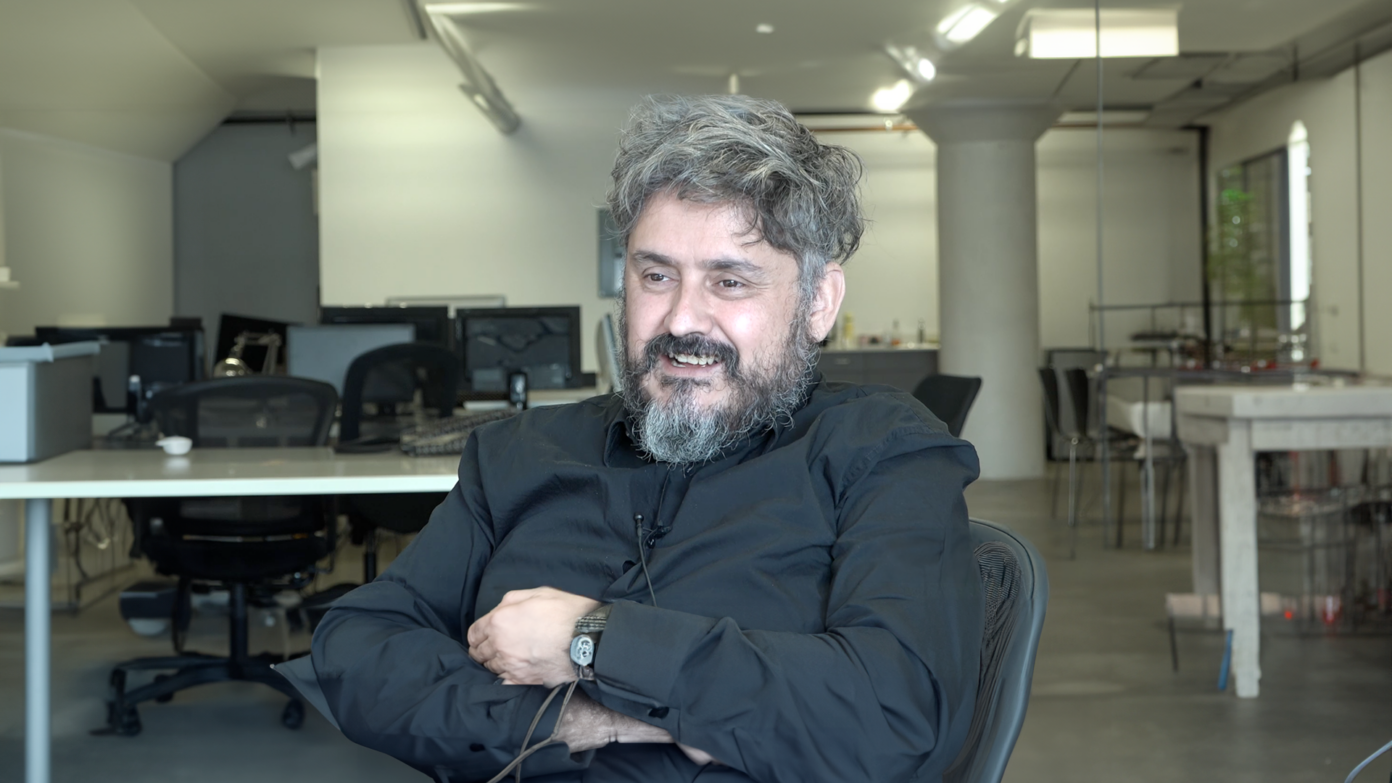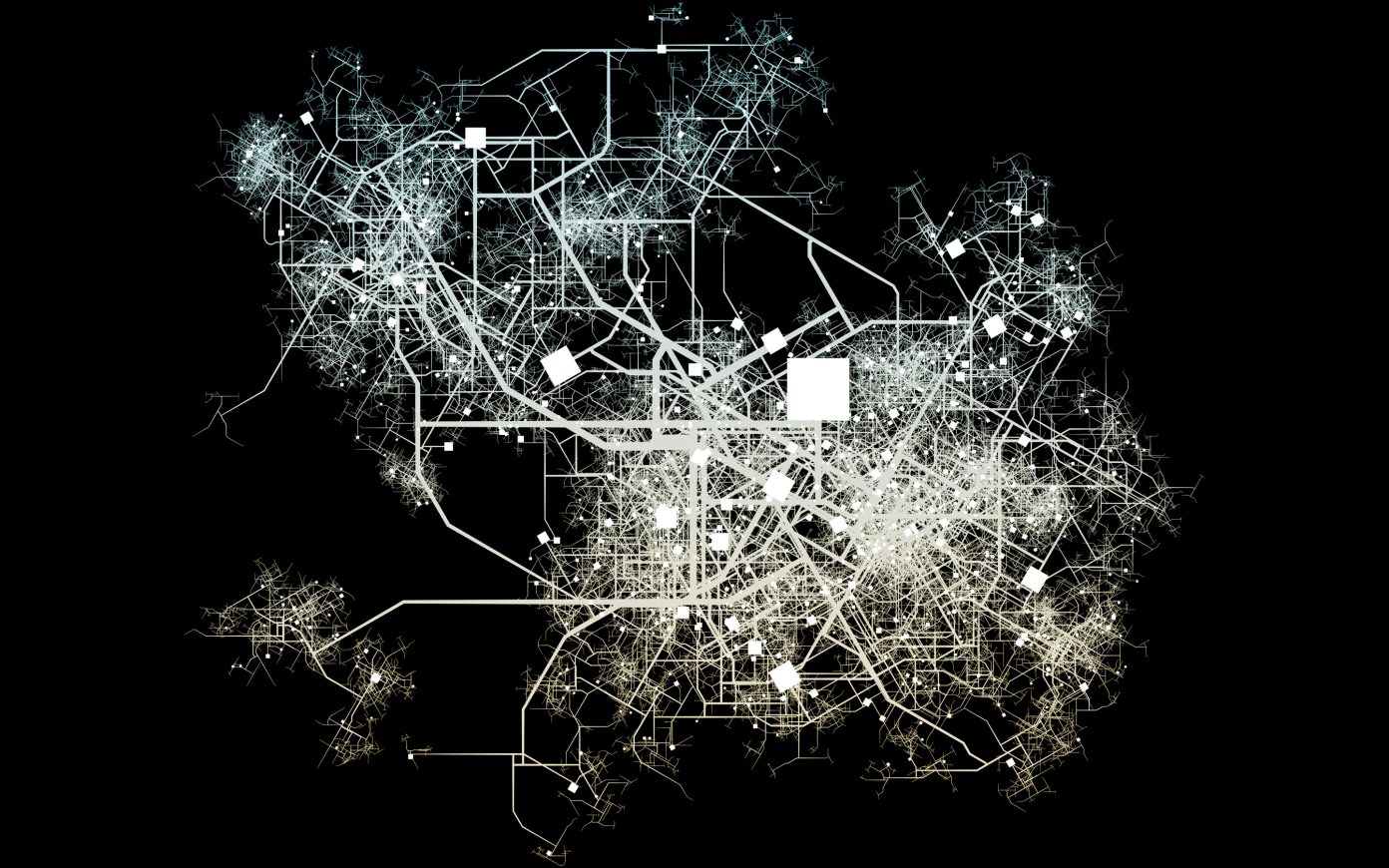The ecologist Daniel Botkin writes something very interesting in his book Discordant Harmonies. He points out that in Western civilization, there have been two dominant metaphors for nature. In antiquity, you have the metaphor of nature as divinity (Poseidon rules the oceans, etc.), followed in the age of enlightenment by the metaphor of nature as machine (a kind of grand calibrated clockwork). In the first case, humanity is victim to this great unknowable power that either provides for us or destroys us. The second case is more interesting. Nature as a great machine implies a steady state, but more importantly, implies that the human being is outside that machine. And what does humanity do? We break that machine. We throw the clockwork out of time. It is then the burden of the enlightened mind to understand and care for this grand machine. We have to be careful not to break it with our greedy, imprudent nature. As you can probably see, many of our attitudes even today extend from this metaphor. Botkin provocatively points out that what we are probably seeing today is the emergence of a third metaphor: nature as computer. Biologists today are decoding your DNA. (What is DNA? It is code.)
Theoretical physicists postulate black holes as giant quantum computers. Mathematicians study one-dimensional cellular automata as a possible explanation for seemingly random patterns in natural objects. Engineers use computer simulations of wind, seismic movements in the earth’s crust, fracture dynamics of materials to implement building designs. I could go on like this for a while. However, I don’t think I would go so far as to claim that nature is actually a computer. Rather, I find it interesting and illuminating to see that this is a new metaphor for our moment in history. This analysis truly links the nature discourse with the computation discourse, and I think architecture should respond to this because it is here, at the intersection of the two, where I think the deepest innovations will occur and where the most progressive expressions of our time will be designed.
The beauty of urban uncertainty
Stream: Some new cities conceived as “smart” and “green” (like Songdo or Masdar) play on extra technology and connectivity (more than changes in behavior), but they often lead to a form of over-planning which rejects the complexity of urban nature, its dynamic form, incompleteness, and constant evolution. Should architects focus more on that complexity than on technology?
David Ruy: I dislike these kinds of planning ideas and fundamentally disagree with them. Use of terms like “smart” and “green” are the worst kind of euphemism for what is in actuality a risk management strategy for preventing unexpected outcomes through deeper regulation. You can make the argument that risk has to be managed in order to release the flow of capital. However, this is antithetical to all that we have come to value in urban life—the profundity of life in the city is all about risk and unexpected outcomes. Thinking in terms of predictable systems devalues the beautiful uncertainty of urban life.
Mythologies about nature have always served as a background legitimization of systems thinking. It is a common belief that models for perfect systems are found in nature. I don’t share this belief. Systems are products of the human mind, even when you think you’re seeing it in nature. Systems always have to be forced, and every relationship that is established undercuts some nascent possibility. I am not an anarchist. I think some degree of rational planning must occur. However, I think it is essential to understand that systems are tools and not ontologies. There is no essential good in systems in themselves. I think systems, because they are tools, have to be legitimized relative to specific goals that can only be articulated politically.
The popularity of this trend towards regulation, however, is something that even the most famous laboratory of urban life, New York City, has been falling victim to in recent years. As many have remarked, over the past two decades, the risk to capital investment has been reduced, the crime rate has fallen, the parks have been cultivated, the waterfront reclaimed, bicycles have been introduced, nice buildings are being built, but yet, the cost of living has gotten out of control, the demographics have become more stratified, the cultural community has become marginalized, and it is becoming nearly impossible to be young and financially solvent. As New York City has become more regulated and investor friendly, it has also become flatter and more predictable. It was for me a symbolic moment when the music club CBGB, the birthplace of punk rock, lost its lease. Patti Smith spoke out in public recently declaring, “New York has closed itself off to the young and the struggling. But there are other cities. Detroit. Poughkeepsie. New York City has been taken away from you. So my advice is: find a new city.” But people are still rushing to New York City—it is the fastest growing city in the United States. It is a victim of its own success to some degree. The much-celebrated previous planning commissioner of New York City, Amanda Burden, stated at a lecture at Columbia University a few years ago, “Our goal is to grow, but not change.” I find that statement very disturbing. What remains to be seen is whether or not the urban phenomenon that is New York City can resist this move towards regulation and predictability. It has throughout its history, so let’s see.
